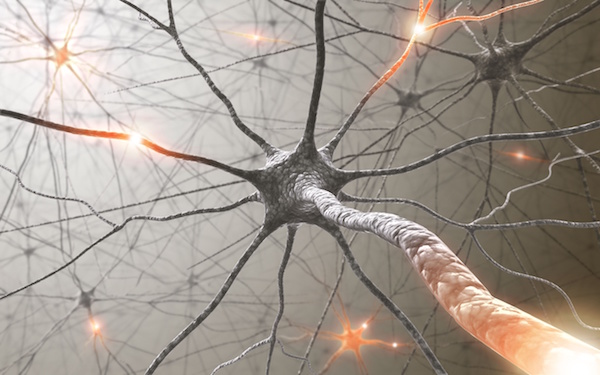
MONDAY, Jan. 25 (HealthDay News) — In children and teens with cerebral palsy, botulinum toxin injections can be an effective treatment for spasticity and muscle tightness that interferes with movement, new guidelines from the American Academy of Neurology and the Child Neurology Society state.
The guidelines, which stem from a review of available research on drug treatments for cerebral palsy, also said that botulinum toxin type A, nicknamed Botox, is generally safe but does pose some risk.
“In reviewing this drug for treatment of spasticity in children, the [U.S.] Food and Drug Administration is investigating isolated cases of generalized weakness following use of botulinum toxin type A for spasticity,” Dr. Mauricio R. Delgado, of the University of Texas Southwestern Medical Center in Dallas and lead author of the guidelines, said in a news release from the academy.
The guidelines also recommend consideration of the drug diazepam for short-term treatment of spasticity, although generalized side effects have been linked to its use. Another drug, tizanidine, might also be considered but carries a risk of liver toxicity, according to the guidelines.
Delgado and his colleagues also looked at several other drug treatments but concluded there wasn’t enough evidence to make a recommendation.
“There is an urgent need for more research to establish the effectiveness of the current treatments for generalized spasticity and to find additional, safer and more effective medications,” Delgado said.
Most children with cerebral palsy have spasticity. Although the disease cannot be cured, treating its effects has been shown to improve a child’s capabilities.
The guidelines are published in the Jan. 26 issue of Neurology.
More information
The March of Dimes has more about cerebral palsy.

